Call free on: 0800 389 2839
Call free on: 0800 389 2839
Join in... The latest news and blogs from NEC
How can studying improve your teaching? Friday, 30 July 2021
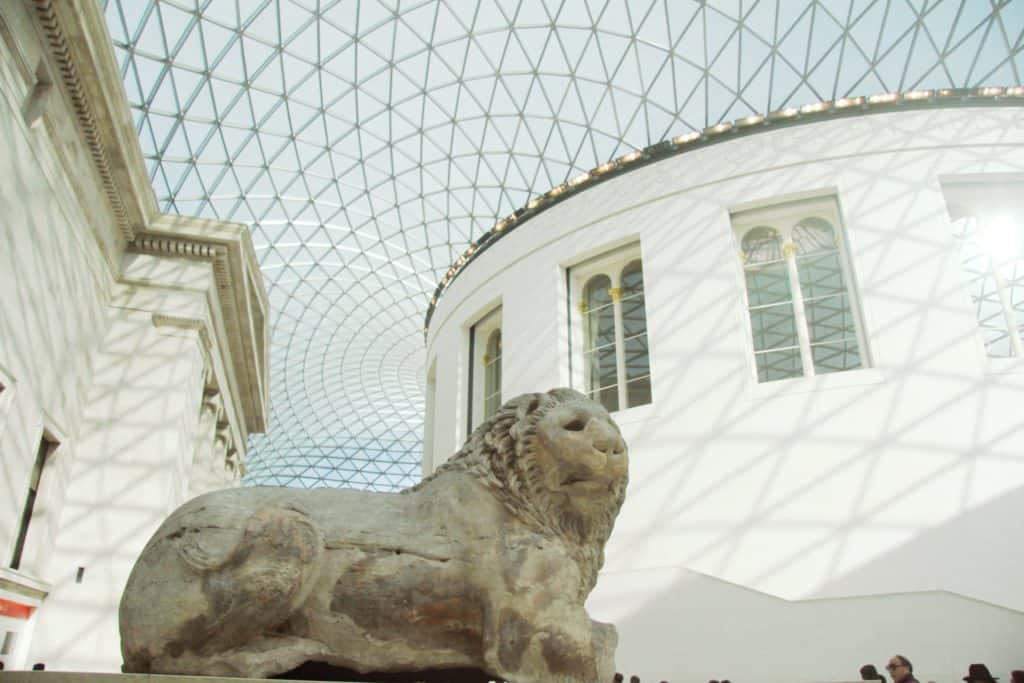
As Head of Art at an academy in South East London, Aasha understands how difficult it has been for teachers to adapt to a new way of teaching. In the following article, she explores how studying on NEC’s A level History of Art course has improved her teaching and benefited her students.
Why choose A level History of Art?
As I studied Graphic Design at sixth form and university, without taking a foundation year, I found that my contextual knowledge of art history was not that strong. I have been fortunate in my career to teach some really visually articulate students. I started the A level History of Art course with NEC as I wanted to improve my own critical analysis and help my students develop their visual literacy and ability to decode artworks and artefacts.
How has COVID-19 affected teaching?
It was tricky teaching under the various lockdown rules. I have picked up many useful skills on the A level History of Art course that I have applied to my teaching practice. For example, I have become better at helping students decode artwork and articulate their interpretations. My own improvements in writing critical analyses and fluency in art historical terminology has improved my teaching.
Since Covid-19 struck, teaching art in the classroom has meant teaching in non-specialist rooms and not being able to move around freely in the space. I have amended my schemes of learning to focus much more on contextual and conceptual knowledge, with technical skill and practice used to drive understanding. My students now spend more time investigating and analysing artwork and my studies have made me more confident referencing historical artworks in my lessons, such as when we discuss the wider context and the influence of contemporary artists. My Year 11 students are currently exploring how artists use artefacts as personal reflection or as social commentary.
How have I used the skills learned on the A level History of Art course?
The analysis of artworks on the course is always broken down into smaller, manageable chunks, which is exactly what I do when studying. Also, when learning about the context, concepts or visual qualities of an artwork I try to organise my notes in a way that mimics my thought process.
Just as I practise drawing to improve my skill, I find that making notes while I’m studying helps improve my theory and understanding. I try to keep each topic to a double page and use post-it notes to break up the page. As a visual learner, having an aesthetically pleasing composition of a page full of writing definitely helps me. At university I used to get told off by my lecturers for spending too long on the presentation of my sketchbooks, but I know that for me a well-presented page of information is a lot more enjoyable to use than something I have rushed.
Aasha was a winner of the Art History in Schools bursary for teachers in 2020. To learn more about Art History in Schools and the work they do, click here to visit their website.
Interested in learning more about how studying towards an A level can help you as a teacher? Daisy also discusses how she utilises the skills she learned studying A level History of Art aided her teaching. Click here to read her story.
Leave a Reply Cancel reply
More stories
Study Tips
Student Stories
- Homeschooler Andrew’s experience of studying IGCSE Chemistry
- Mia’s NEC experience and her pursuit of knowledge
- Andrew’s experience: How homeschooling helps balance education and family commitments
- How homeschooling is helping Amelia work towards a medical career
- Distance learning as a mature student working abroad: Chun’s Experience
SFT
- Embarking on a journey: My decision to ‘Fast-Track’ A level Physics with NEC
- Can you gain an A level within a year?
- A level Biology makes career progression hope a reality
- A levels alongside full-time performing arts college leads to nursing at University of Southampton
- Doing A level Biology in a year with NEC leads to medicine at Swansea University
Results Day
Policy and Campaigns
- University of Cambridge Institute of Continuing Education offers tuition fee bursary for NEC A level students
- Five study bursaries for state sector teachers to take online A level Classical Civilisation offered by The Classical Association
- Rapid change and the need to upskill and reskill means more of us are likely to be second-chance learners
- How NEC Considers Web Accessibility for Students
- Embracing Distance Learning: A Path to Inclusive Education and Lifelong Learning
Podcast
Our Courses
Lifelong Learning
Home Schooling
Guest Blogs
General
- The Classical History of the Olympic Games: From Ancient Greece to Paris 2024
- My Journey in Online Learning as a Neurodivergent Student
- Experiencing Mount Etna: A Journey of Natural Wonders and Learning
- Are GCSE Resits Beneficial?
- Labour Party’s Education Policies: Transforming Schools and Enhancing Social Mobility

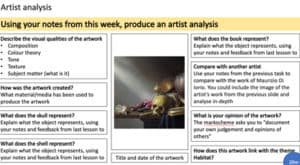
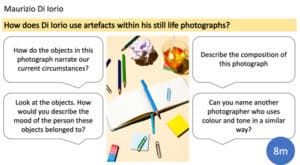
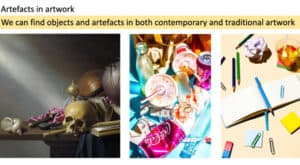
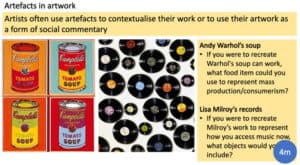
Add a new comment
Current comments: 0